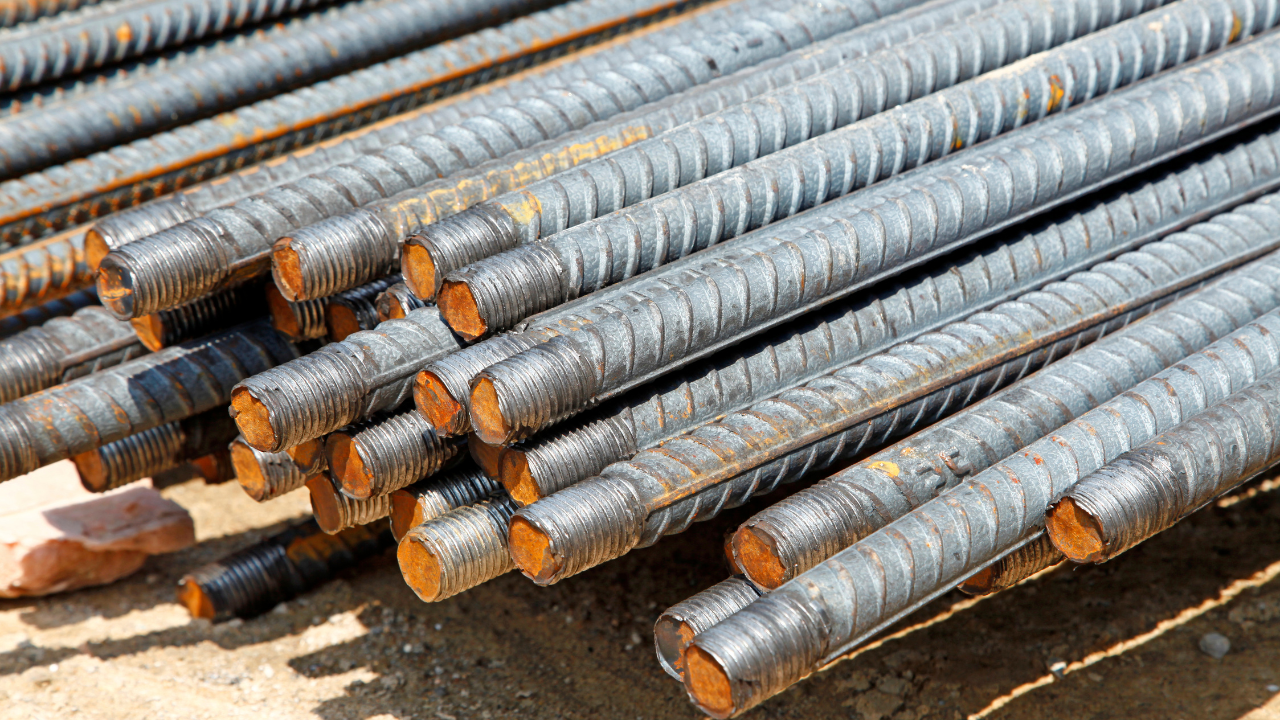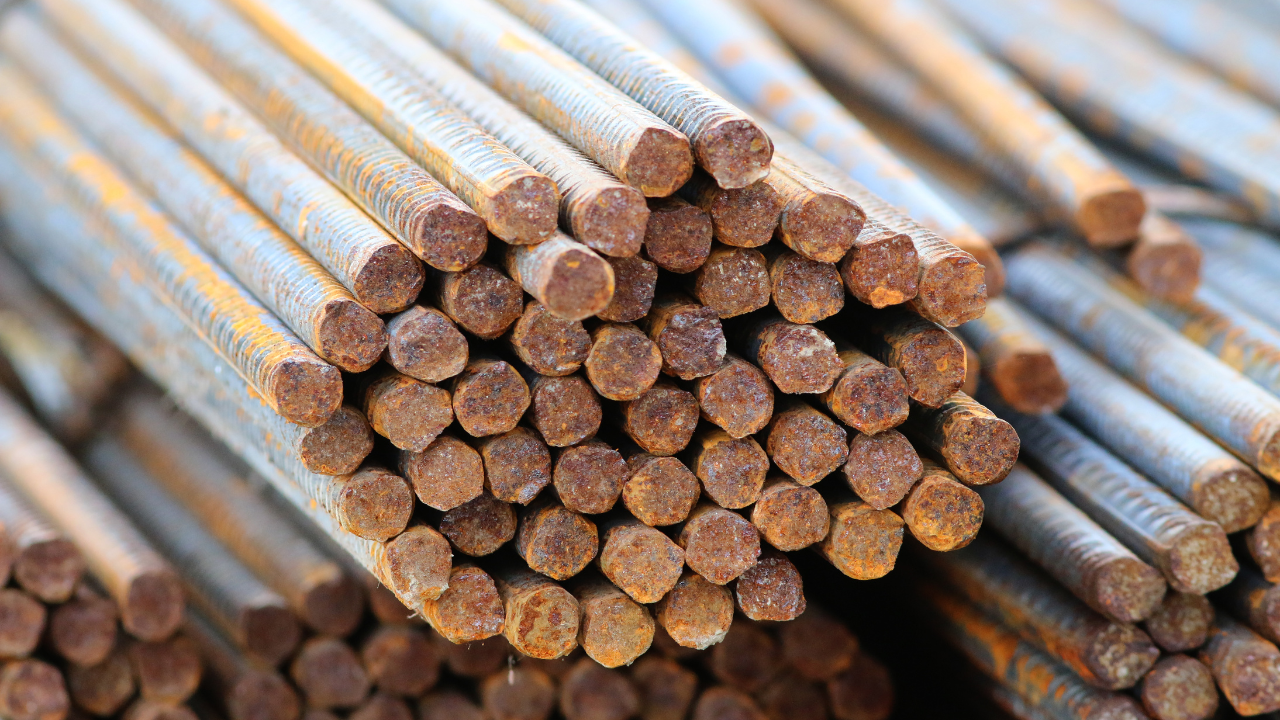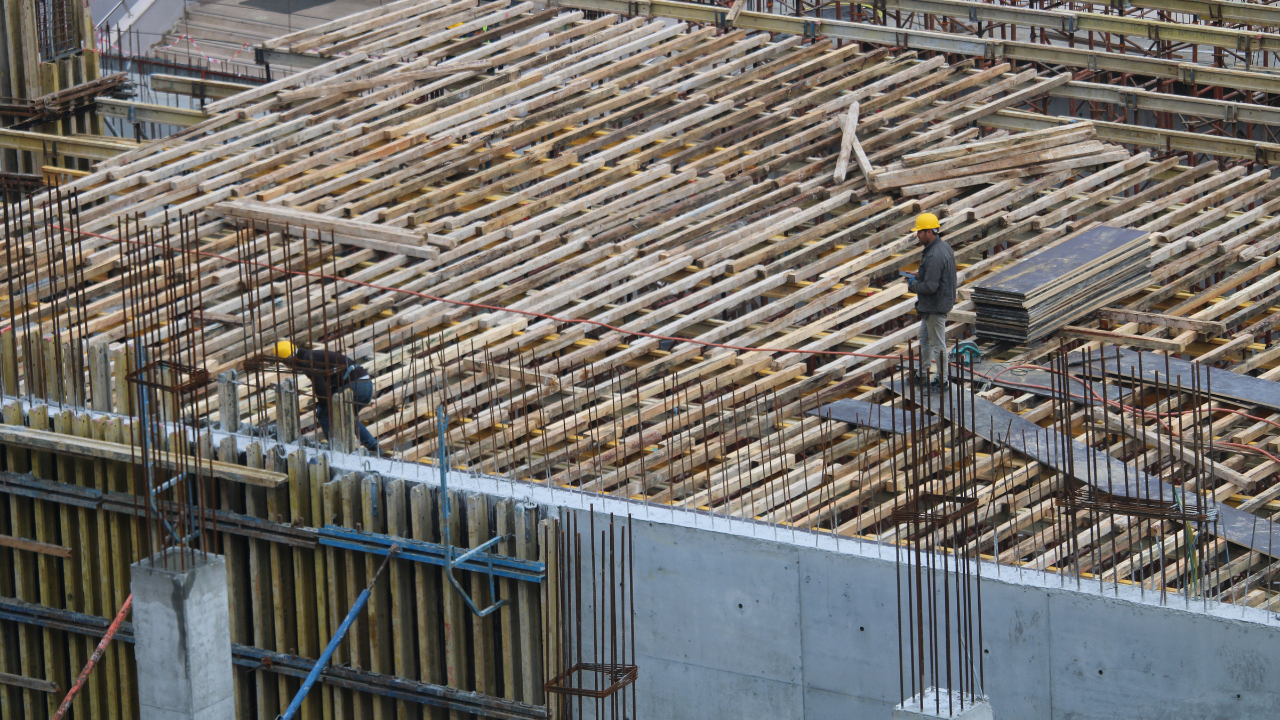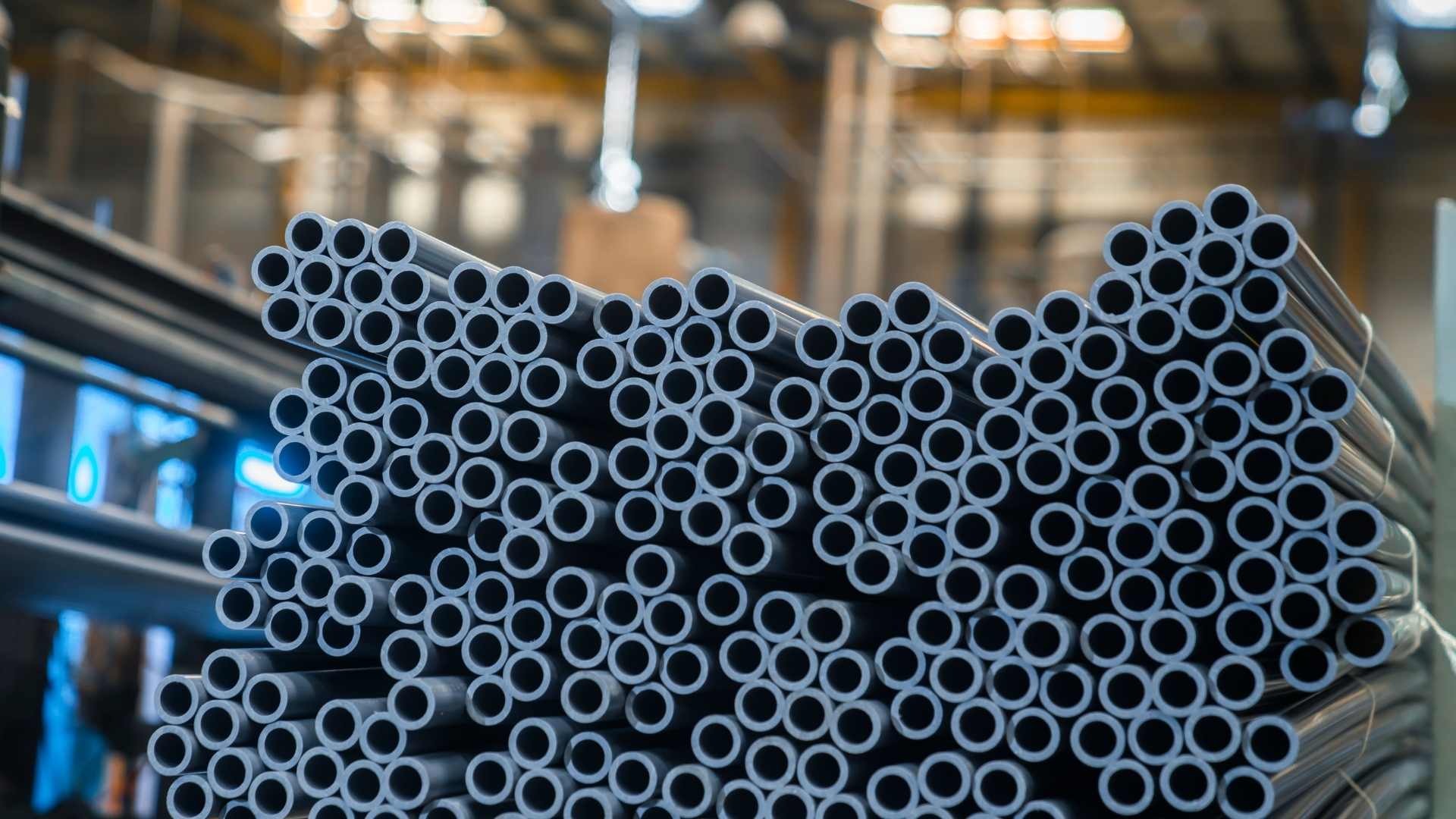The Backbone of Every Structure: Why Rebars Are Crucial in Building Homes and Buildings
The Backbone of Every Structure: Why Rebars Are Crucial in Building Homes and Buildings

When building a house or any concrete structure, people often think of cement, hollow blocks, sand, and gravel. But one vital material often overlooked is the rebar—short for reinforcing bar. Though not always visible in the final structure, rebars are absolutely essential for ensuring strength, safety, and longevity.
What Are Rebars?

Rebars are steel rods or mesh wires used in concrete construction. Since concrete is strong in compression but weak in tension, rebars are added to resist tensile (pulling and bending) forces. This combination of concrete and steel is called reinforced concrete, and it forms the foundation of nearly all modern construction.
The Critical Roles of Rebars in Construction
1. Tensile Strength Support
Concrete can easily withstand heavy vertical loads (compression), but it cracks under horizontal forces (tension and flexing). This is especially important in parts of a house like:
- Beams
- Columns
- Slabs
- Foundations
- Retaining walls
By embedding rebars, the structure gains flexural and tensile strength, preventing cracks and structural failure.
2. Withstands Natural Disasters
The Philippines is prone to earthquakes, typhoons, and flooding. Rebars help your structure absorb and distribute energy during these events, minimizing damage. Reinforced buildings are more likely to survive:
- Earthquakes (seismic loads)
- Strong winds (lateral forces)
- Soil movement or erosion (ground shifts)
3. Improves Durability and Lifespan
A house built without rebars may look solid at first, but over time, cracks will form, especially under stress or weather changes. Reinforced concrete lasts significantly longer, making rebars a smart investment for homeowners and developers alike.
4. Maintains Structural Integrity
Rebars hold the concrete together even after cracks start to form, preventing immediate failure. This delays damage progression and gives time for maintenance or repairs—essential for safety and cost savings.
5. Supports Heavy Loads
Homes today are built with multiple stories, roof decks, water tanks, and solar panels. Rebars reinforce concrete so it can bear the dead load (weight of the structure) and live load (weight of people, furniture, equipment).
Real-World Example

Imagine pouring a concrete slab for your house’s flooring or roof deck. Without rebars, that slab may look fine—but the moment it carries weight or faces a tremor, it begins to crack. Rebars make that slab strong, resilient, and safe for long-term use.
Conclusion: Rebars Are Non-Negotiable
Rebars may be hidden, but they are the true strength behind every home and building. If you're planning to build, renovate, or invest in real estate, make sure your structure uses properly placed, high-quality rebars.
💡 Tip for Homeowners and Builders: Don’t cut corners on steel. Partner with trusted suppliers to ensure that your rebars meet national standards like ASTM or PNS.
Note: All images shown are from "Canva Premium".
For inquiries just give us a ring!
Email: inquiry@buildeee.com
Phone: 0992-347-4372
Looking for apartments, condos, and houses? Contact us now!
https://property.buildeee.com/
Interested in applying for a Loan? Visit us via:
Let's get connected!
Facebook: www.facebook.com/buildeee
Instagram: www.instagram.com/buildeee
YouTube: www.youtube.com/@BuildeeeTV
LinkedIn: www.linkedin.com/buildeee
- #construction
- #construction site
- #Construction Industry
- #house
- #metal
- #rebar
- #builing
- #buildings
- #constru





